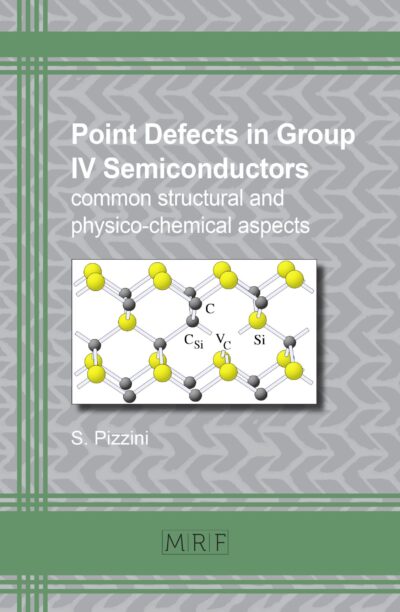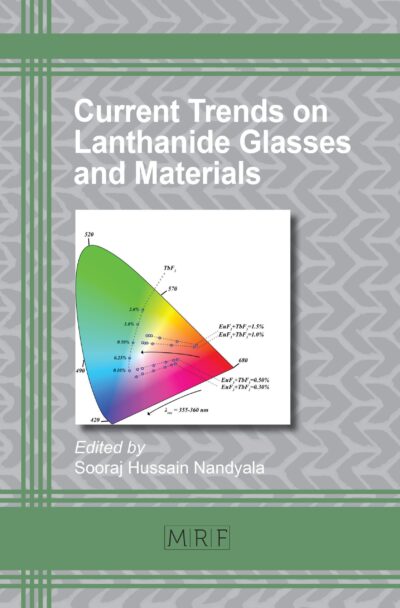Materials for Solar Cell Technologies I
Eds. Inamuddin, Tauseef Ahmad Rangreez, Mohd Imran Ahamed and Rajender Boddula
Materials Research Foundations Vol. 88
Publication Date 2021, 268 Pages
Color Print ISBN 978-1-64490-108-3 (release date January 2021)
ePDF 978-1-64490-109-0
DOI: 10.21741/9781644901090
The book reviews recent research and new trends in the area of solar cell materials. Topics include fabrication methods, solar cell design, energy efficiency and commercialization of next-generation materials. Special focus is placed on graphene and carbon nanomaterials, graphene in dye-sensitized solar cells, perovskite solar cells and organic photovoltaic cells, as well as on transparent conducting electrode (TCE) materials, hollow nanostructured photoelectrodes, monocrystalline silicon solar cells (MSSC) and BHJ organic solar cells. Also discussed is the use of graphene, sulfides, and metal nanoparticle-based absorber materials.
Keywords
Solar Cell, Graphene Nanomaterials, Carbon Nanomaterials, Graphene in Dye-sensitized Solar Cells, Perovskite Solar Cells, Organic Photovoltaic Cells, Transparent Conducting Electrode (TCE) Materials, Hollow Nanostructured Photoelectrodes, Monocrystalline Silicon Solar Cells (MSSC), BHJ Organic Solar Cells, Electrochemical Sensing, Low Band-Gap Materials, Absorber Materials for Solar Cells
Table of Contents
Google Preview
Material Challenges in Next Generation Solar Cells
Aamir Ahmed, Sandeep Arya
Graphene Materials for Third Generation Solar Cell Technologies
Onoriode P. Avbenake
Carbon Nanomaterials Beyond Graphene for Solar Cell and Electrochemical Sensing
Fethi Achi, Abdellah Henni, Sabah Menaa, Amira Bensana
New Generation Transparent Conducting Electrode Materials for Solar Cell Technologies
Sandeep Pandey, Manoj Karakoti, Amit Kumar, Sunil Dhali, Aniket Rana, Kuldeep K. Garg, Rajiv K Singh, Nanda Gopal Sahoo
Hollow Nanostructures for Application in Solar Cells
Peetam Mandal, Abha bhargava and Mitali Saha
Monocrystalline Silicon Solar Cells
M. Rizwan, Waheed S. Khan, S. Aleena
Low Band-Gap Materials for Solar Cells
Yadavalli Venkata Durga Nageswar, Vaidya Jayathirtha Rao
Absorber Materials for Solar Cells
Pallavi Jain, Palak Pant, Sapna Raghav, Dinesh Kumar













